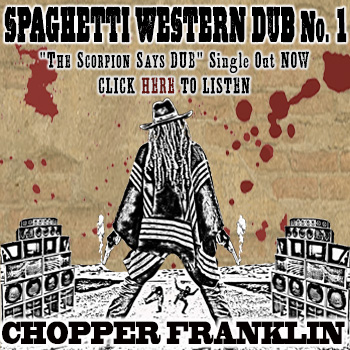Crazy Horse’s Final Battle
 It was the end of June of 1876. Crazy Horse, along with Sitting Bull, had just completed the greatest victory of the Indians over the U. S. military with the defeat of George Custer at Little Big Horn. The American people demanded revenge. These were the events that lead to Crazy Horse’s Final Battle.
It was the end of June of 1876. Crazy Horse, along with Sitting Bull, had just completed the greatest victory of the Indians over the U. S. military with the defeat of George Custer at Little Big Horn. The American people demanded revenge. These were the events that lead to Crazy Horse’s Final Battle.So, General Nelson Miles mounted a winter campaign. It was thought that by keeping the Indians on the run throughout the winter would be devastating to them. General Miles convinced a number of Indians to return to their reservations. Meanwhile, Sitting Bull took his people into Canada.
Crazy Horse along with his over 1,000 Sioux and Cheyenne also refused to surrender. But he stayed in Montana. Being constantly pushed, Crazy Horse and his people were suffering from starvation and sickness.
Then on January 8, 1877, in the last battle Crazy Horse was ever to be engaged, General Miles came across his camp on the Tongue River. Miles opened up with howitzers, forcing the Indians to retreat to the hills in a snowstorm. With ammunition gone for their rifles, they were using only bows and arrows to defend themselves.
Using the blinding snowstorm as shelter, Crazy Horse’s people were able to escape. With their shelters, food and winter clothes left behind, they spent a miserable winter.
Although Crazy Horse wasn’t ever defeated in battle, he realized that General Miles would eventually hunt his people down and destroy them. So, in May of 1877, less than a year from his great victory at Little Big Horn, Crazy Horse along with his rag-tag group of 217 men and 672 women surrendered to the military.
In September 1877, four months after surrendering to U.S. troops under General George Crook, Crazy Horse was fatally wounded by a bayonet-wielding military guard while allegedly resisting imprisonment at Camp Robinson in present-day Nebraska.





